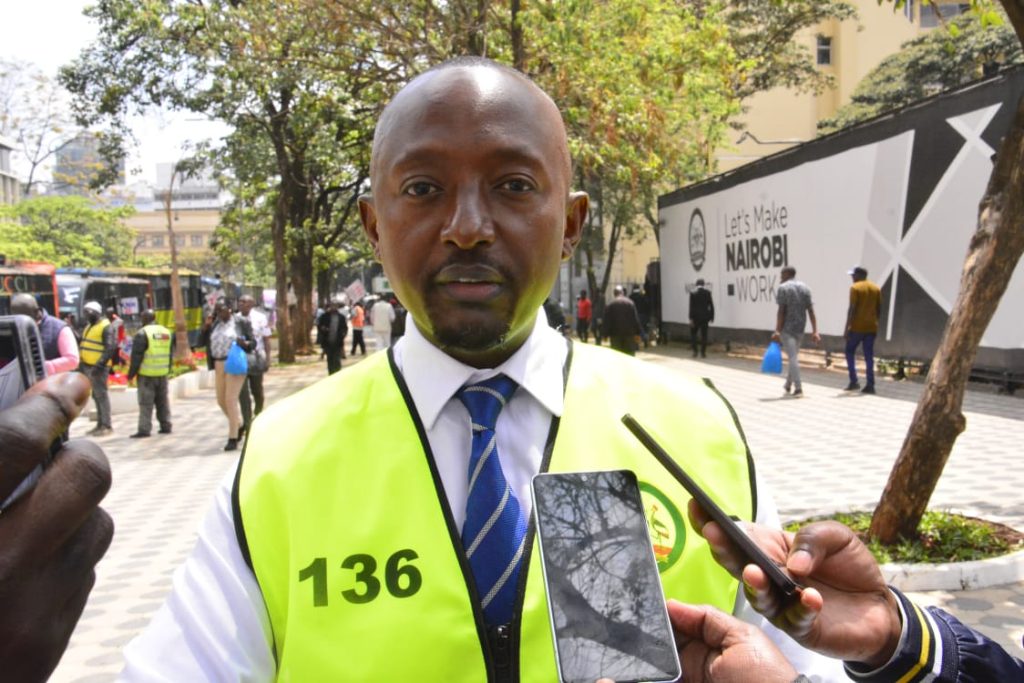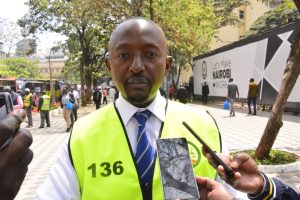What was once a chaotic bus terminus at the famous Kencom Stage has now changed into a well organised scene of order,thanks to the Non- Motorised Transport infrastructure put in place by the County Government.
With a sharp focus on dealing with the chaotic and congested transport system,the county is targeting more areas within the CBD.
The works being overseen by Chief Officer for Mobility, Michael Waikenda have attracted the attention of stakeholders in the transport sector, with Matatu operators and traffic police officers hailing the move.
The Sakaja adminstration has invested heavily in expanding pedestrian walkways, cycling lanes, and green corridors across key parts of the city. The projects in areas like Westlands, Ngara, and CBD have significantly boosted pedestrian safety and reduced vehicle-pedestrian conflict.
“Nairobi is becoming a city for people, not just cars,” Waikenda said during a recent inspection of the Kencom NMT project.
“Our goal is inclusive, accessible, and sustainable mobility.” he added.
Pedestrian walkways along Tom Mboya Street and the Ambasadeur Hotel area have also helped ease Matatu congestion.Street Photograghers particularly Youth,have occupied the areas which have now become an income generating zone.
The Green Park and Desai areas have also become marveling attraction to road users and the film industry in the country.
Embracing Digital Mobility and Data.
At the same time, traffic police officers who have welcomed the idea are now using the Nairobi Digital Dashboard, which uses real-time data to monitor traffic flow, analyze congestion patterns, and guide urban transport planning. This has enabled quick response to road incidents and better coordination of traffic officers.
The county is also pushing for environmentally friendly mobility options and pilot programs for electric buses in partnership with private companies.
Recognizing that infrastructure challenges require collective effort, Waikenda said the county has opened doors for investment in the sector.
Despite these successes, challenges remain from road maintenance delays to enforcement of traffic laws. However, stakeholders remain optimistic.
As Nairobi positions itself as a regional leader in urban development, the transformation of its mobility sector marks a critical step toward a more efficient, livable, and modern capital.







More Stories
Building Resilient Health Systems: WHX Nairobi Day One Sets the Stage for Breakthroughs in Healthcare Policy, Leadership, and Diagnostics
Lang’ata Cemetery Faces Crisis as Space Runs Out and Security Deteriorates
KulturE-A night of Nostalgia, Rhythms, and celebration